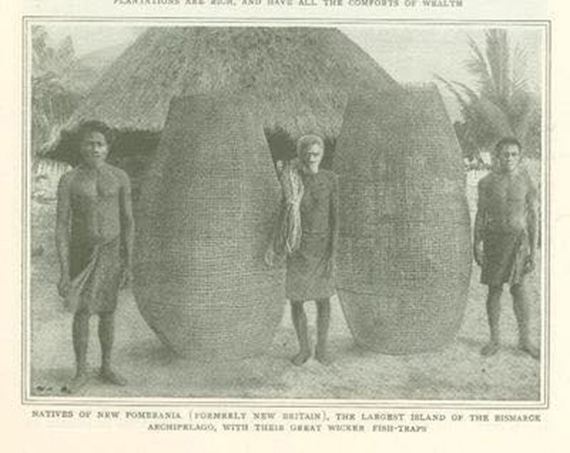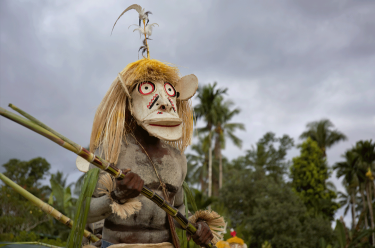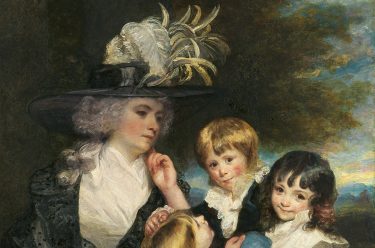
‘A Bit Na Ta’ locates the – source of the sea – Blanche Bay, Rabaul – in the Tolai language of East New Britain. It is also the title of a project commissioned for the upcoming Queensland Art Gallery exhibition ‘No 1 Neighbour: Art in Papua New Guinea 1966-2016’. Comprising a music video installation and performance event, the project will feature newly commissioned songs by leading Australian and Papua New Guinean musicians including the celebrated George Telek. These will draw on the rich oral histories of the Tolai people, transposing into contemporary beats, personal stories of the period between 1875-1975.
Project leader, musician and producer David Bridie shares some views from the first week
Its been raining a lot in Rabaul… humidity drips, but people get on with what they have to do, as do we. I am in Rabaul for 6 weeks engaging with a whole range of Tolai musicians and filming and illuminating the stories that local historian Gideon Kakabin has noted as being important. Gideon is writing a book on the extraordinary history of Rabaul, finally told from a local Tolai perspective and is a key participant in the ‘A Bit Na Ta’ project.
The ubiquitous Simpson Harbour volcanoes are ever present.
During the week we have been down to Sulphur Creek via the eroded pumice roads of old Rabaul town with Melki, an ex-army man, who is the last of the Wup (fishing basket) makers. These fishing baskets work in a very simple way – the fish swim into them and get so confused they can’t get out. They look rather beautiful also, we will have one as part of the ‘A Bit Na Ta’ exhibition. In his outside wind haus, (shelter) Melki is in the process of building a new one.
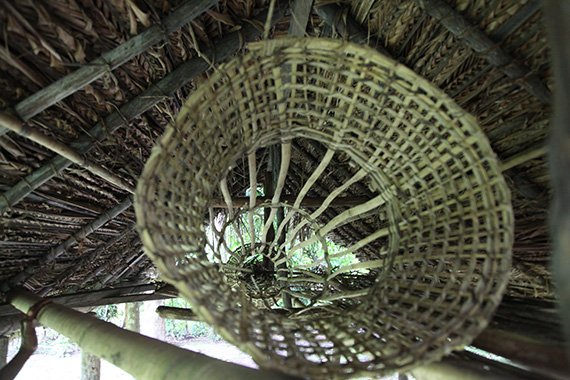
Melki was in the army from the 1950s stationed at Manus, Vanimo and Wewak. He told a great story about when Tolai musician and songwriter George Telek’s father who was the leader of the Rabaul brass band. Telek senior died when George was two.
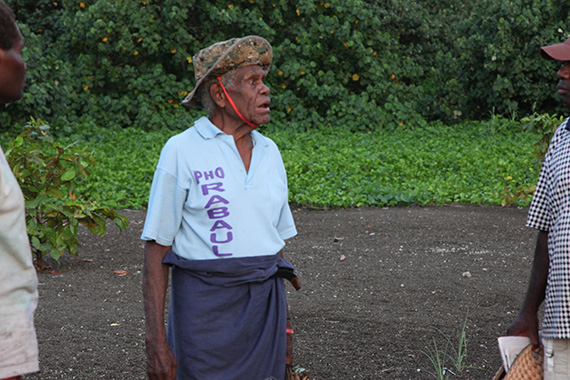
The next day we were joined by Garret Low, the son of Glen Low from the Barike band who passed away a few years back. Glen toured with Telek and I all over the globe, so it’s great to have Garret along as an audio assistant and an extra camera man. The wantok system at play.
We have set up a makeshift studio at Gideon’s house at Vunaulul. It works best when the neighbours aren’t blasting Bon Jovi or the man from the Haus Lotu is not mowing the grass! We’ve been having some great recording sessions at night when the heat drifts and the noises die down. Gideon suggested recording this Tumbuan Kinavai song called Oaga Na Pipi to open ‘A Bit Na Ta’… Basil from Nunga Nunga and his nephews Basil and Tobing came and sang this singsing tumbuna. We’ve been mucking around with background ambiences from Gideon’s recordings of kinavai ceremony at Matupit last year.
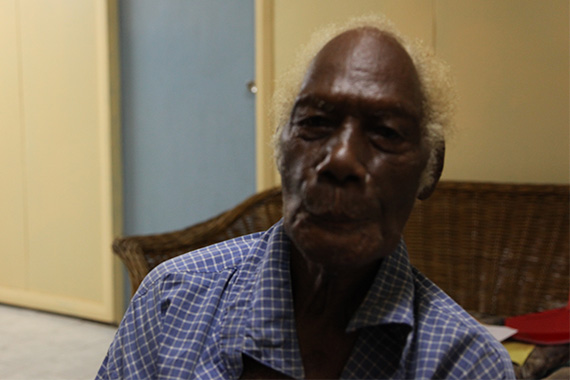
We also drove down to Gaulim in the Baining to meet with Lazarus whose wantoks (family) are the people making 20 pieces of Baining tapa cloth that will work as the textured screen for projections in the installation space in the exhibition in the Queensland Art Gallery. On the way we stopped at Tungnabarau near the old WW2 Japanese airport where the 4 missionaries were killed that sparked off the 6 day war between Talili and the missionary and trader George Brown. This will come into play tomorrow when we head to Mioko in the Duke of York islands to film and record a Tumbuan ceremony and start the writing process with the Gilnata Stringband. Drove back through Kokopo town, Gideon adamant that Rabaul should still be the centre of activity. I agree with him. Kokopo(Kopex) has a beautiful view down to the Duke of Yorks but its basically one very long strip that goes for 5 miles so you cant walk to places and of course it pails into mundaness compared to the ol jewel of the Pacific that was Rabaul with Mango and Casuarina Avenues in full bloom.
Garret and I are with Gideon for 6 weeks,. We have plans to record the Moab Stringband, Gilnata Stringband, The Matupit John Wesley Lotu choir, and George and I are coming up with a ‘A Bit Na Ta’ song and two old singsing tumbuna tracks, Mari nata and A tungu Nana.
We have been searching for a midi – the shell money grand necklace that the luluai, important figures wore back in the day. Lisa Hilli, our other collaborator has made one her self in Melbourne and has done important research into its significance and inherent power. It’s somewhat of a shame there is not one here in Rabaul itself.
Tamang came into the studio last night to record the tutupele (tinduk), a Tolai percussion instrument, kind of like a two note vibraphone but played in a unique fashion. The next week is full of boat trips… Duke Of Yorks, Watom Island and Tol Plantation.
Telek is still in Moresby after the Wantok launch. He gets back on Sunday.
Shall leave you with a photo of a bicycle in the water at Bita Paka, the site of the first action in WW1.
David Bridie, Project leader, musician and producer

Want to know what’s on at QAGOMA?
Sign up to QAGOMA Enews
Looking for an artwork? Search our Collection online
‘No.1 Neighbour: Art in Papua New Guinea 1966-2016’
15 October 2016 – 29 January 2017
The exhibition presents work by artists from Papua New Guinea created from the mid-1960s, through Independence in 1975, until today and focuses on the vibrancy of contemporary artistic expression, a direction that is unique in Australia. A key conceptual thread is the importance of the ongoing relationship between Australia and Papua New Guinea with projects profiling ongoing creative relationships between communities and individuals.
‘No.1 Neighbour’ is supported by the Gordon Darling Foundation and through the Australian Government through the Australian Cultural Diplomacy Grants Program of the Department of Foreign Affairs and Trade.
